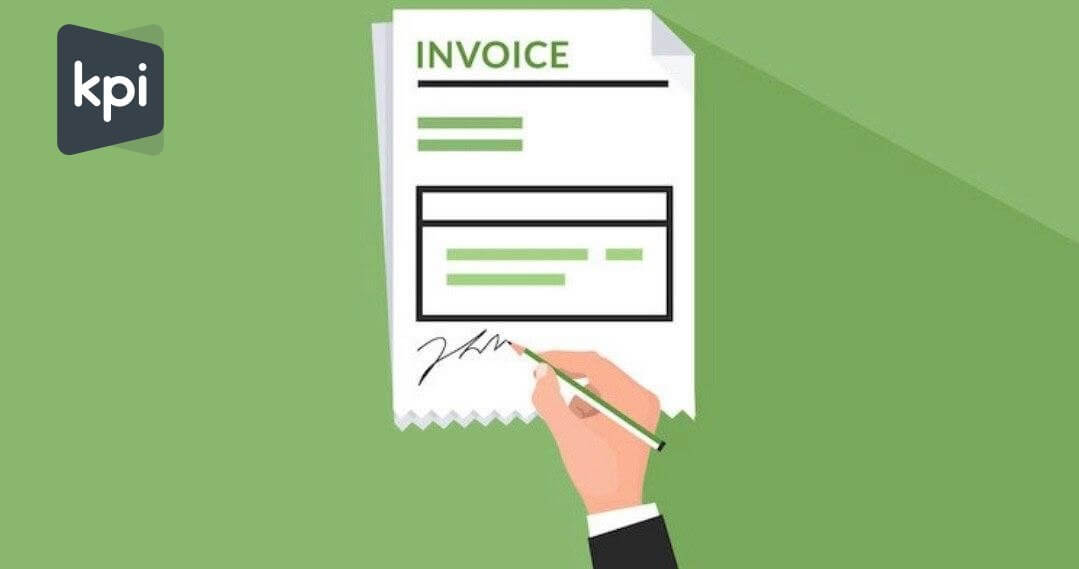
Sales invoice
A sales invoice is an accounting document which records business transactions. Sales invoice provides business with a record of the services they had contributed to a client when the services were rendered and the amount of money the client owes the business. Typically, a sales invoice includes a description of the service provided, the amount owed, and the deadline for payment. Sales invoices are essential to small-business accounting because they enable you to record transactions of your sales for bookkeeping purposes.
The main goal of a sales invoice is to request payment from a client for the services provided, a sales invoice serves other essential functions in small business accounting, including:
1.FOUNDATION FOR ACCURATE BOOKKEEPING
Sales invoices are an essential tool for small businesses because it serves as a foundation for the business’s bookkeeping system. And, also it creates a record of a sale. By adequately recording and filing all the invoices you send to clients, you’ll have all the data you need to track your sales, monitor your cash flow, and create professional financial reports.
2.RESOURCE FOR TAX RETURNS
Sales invoices are essential documentation to verify the claims which are made on tax returns. The IRS mentions that small businesses keep supporting documents like invoices in a central place, in case you need to confirm the data that includes the company’s books. You can make the full list of supporting business documents recommended by the IRS. Accurately recorded invoices also make the process of completing your tax returns easier since you can complete the record of your business’s revenue and expense.
3.INVENTORY MANAGEMENT TOOL
If a business sells physical products to its customers, the sales invoices can assist it to manage the inventory and ensure a company always to have enough of each product to fulfill the incoming order. Furthermore, the sales invoices can help you track how much stock you have already on hand and allow you to forecast the lacking amount needed for the future, based on past data provided.
4.LEGAL PROTECTIONS
Another advantage of a sales invoice is it helps to protect you from petty or unsubstantiated lawsuits which may bring against your own company. Sales invoices can show what services your business provided to clients and the schedule for the work. Sales invoices which are signed by clients are particularly helpful in this instance, but not necessary.
5.DATA FOR BUSINESS PLANS
Sales invoices serve as valuable information when the business is planning for its future. Sales invoices can offer information about the amount of revenue you’re bringing in and how your earnings have changed over time. You can use this data to do budget forecasting. Also, the sales data can be used to see how much cash you have available to invest in the growth of your business. Sales invoices show all the different services you provided to clients, so you can analyse the most popular offerings which are on high demand and the services that are not generating as much income as you desired. With this data, you can make predictions on how to update the business’s offerings to make the company more attractive to potential customers.
In other words, the sales invoice is a type of invoice which can be generated to require a payment from a client.
The importance of a sales invoice is to describe the services business provided to its customer, and the deadline to make a payment for the service owed. Sales invoice creates an obligation on the part of the client to pay the business for its work. They serve as relevant documentation of a business transaction both for the company and the customer and act as a foundation for a company’s financial statement.
How Do I Make a Sales Invoice?
To make a sales invoice to send to clients, you’ll need to follow these invoicing steps:
1.INCLUDE YOUR BUSINESS DETAILS
Create a header for your invoice which includes your logo, if you have one, your business name, address, phone number, and email address.
2.INCLUDE YOUR CLIENT’S CONTACT INFORMATION
It would help if you listed the client’s contact details. Confirm that you have done everything accurately: and if your client is a large company, your point of contact for invoicing may be different from your day-to-day business contacts.
3.ASSIGN AN INVOICE NUMBER
Every invoice which you issue should have a unique invoice number assigned to it. That way, you can quickly write your invoices and reference specific sales invoices in discussions with your customers. If there is not a numbering system in place, it’s easy to start by numbering the sales invoices, beginning with Invoice # 001, then Invoice #002, and so on.
4.LIST THE SERVICES YOU PROVIDED
Provide an itemised list of the services you provided on your sales invoice, with a summary of each service; the quantity supplied, hours worked, as well as the rate for the service.
5.INCLUDE PAYMENT TERMS
Outline the payment terms on the sales invoice, which includes the payment methods you accept ( cash, check, credit card, etc.) and any late payments you’ll charge on overdue invoices.
6.PROVIDE A PAYMENT DUE DATE
Make the lists of the deadline for the payment on your sales invoice. It’s easy to list an exact date, i.e. “Payment Due October 12, 2017” rather than more vague due dates which can be misunderstood, i.e. “Payment Due in 7 weeks.”
7.LIST THE TOTAL AMOUNT OWING
You should provide a total balance due on the sales invoice, that includes any applicable taxes. Make sure this information is displayed on the invoice so your clients can see how much they owe at a glance.